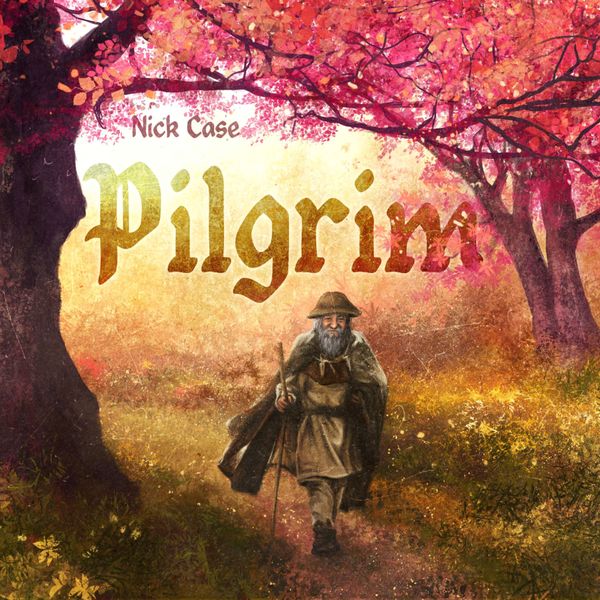Pilgrim (2022) Board Game
Pilgrim is a board game released in 2022, designed by Harald Lieske. It is set in medieval times and revolves around religious themes. Players take on the role of pilgrims traveling to holy sites, completing challenges, and earning blessings along the way.
Game Components of Pilgrim
How To Setup Pilgrim
To set up Pilgrim, players first prepare the game board by placing the village, Abbey, and city sections. Each player selects an asymmetrical player power card and sets up their personal board. The duty tiles are placed on their respective spaces, and the Mancala pits are filled with the specified number of stones. Players start with a set of monks in the village and resources according to their player power.
Gameplay Mechanics and Game Objective
Player Experience
Pilgrim is a challenging and strategic game that requires players to balance long-term planning with immediate reactions to other players’ moves. It demands constant attention to the board state and the ability to adapt quickly. The game’s complexity and interlocking systems make it appealing to experienced players who enjoy deep, strategic gameplay.
Pros
Cons
Personal Thoughts on Pilgrim
Pilgrim is ideal for experienced board game enthusiasts who appreciate complex, strategic games. It is not recommended for casual or new players due to its steep learning curve and lengthy playtime. The game rewards long-term planning and adaptability, making it a great choice for those who enjoy games like “Five Tribes” but are looking for something even more complex and challenging.
We are supported by our audience. When you purchase through links on our site, we may earn an affiliate commission, at no extra cost for you. Learn more.

